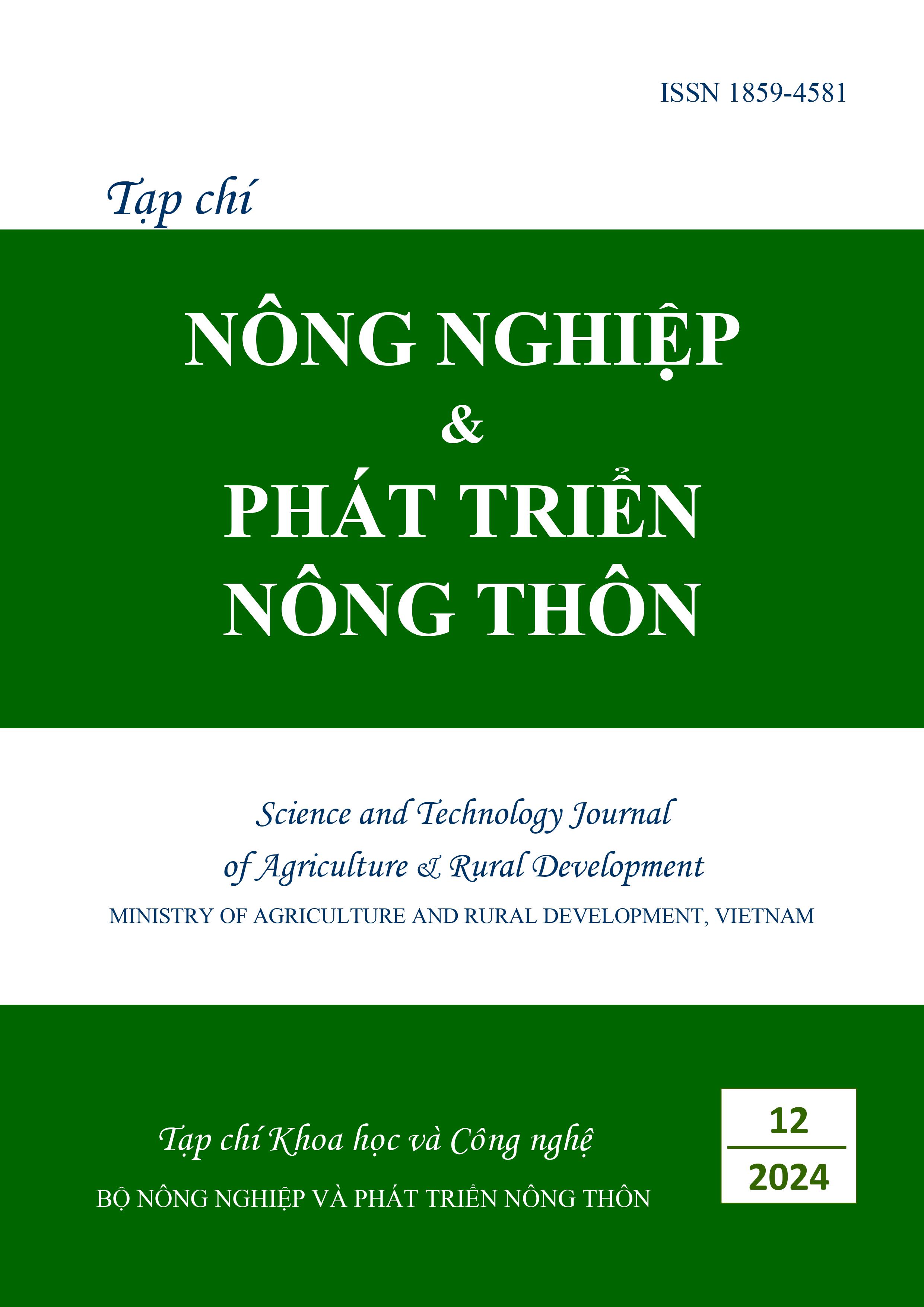THE INFLUENCE OF MALTODEXTRIN, GUM ARABIC AND GELATIN ON ANTHOCYANIN DEGRADATION KINETICS IN ROSELLE (Hibiscus sabdariffa L.) EXTRACT
DOI:
https://doi.org/10.71254/2cjq4830Keywords:
Hibiscus sabdariffa L., kinetics, anthocyanins, hydrocolloidsAbstract
Roselle (Hibiscus sabdariffa L.) is a raw material abundant in anthocyanin compounds with high biological activity. However, anthocyanin components are easily decomposed when exposed to light, heat, and pH. Therefore, the purpose of this study is to investigate the kinetics of anthocyanin decomposition in roselle extract under the influence of hydrocolloid components in order to determine the conditions for stabilizing anthocyanin during storage. The results demonstrated that the anthocyanin component of the extract with various hydrocolloid formulations degraded during storage at 5 and 30°C. The first order was determined to be the model for anthocyanin degradation. It was discovered that reduced storage temperatures resulted in a delay in the degradation rate of anthocyanin. Specifically, the degradation rate varied between 0.010327 and 0.036358 1/day when stored at 5°C and between 0.030576 and 0.071112 1/day when stored at 30°C. Additionally, as the mixing ratios of maltodextrin, gum arabic and gelatin increased, the rate of anthocyanin degradation decelerated. In order to select the optimal formula, it would be necessary in the future to conduct additional evaluations of the impact of hydrocolloids on the rheological properties of the product.






